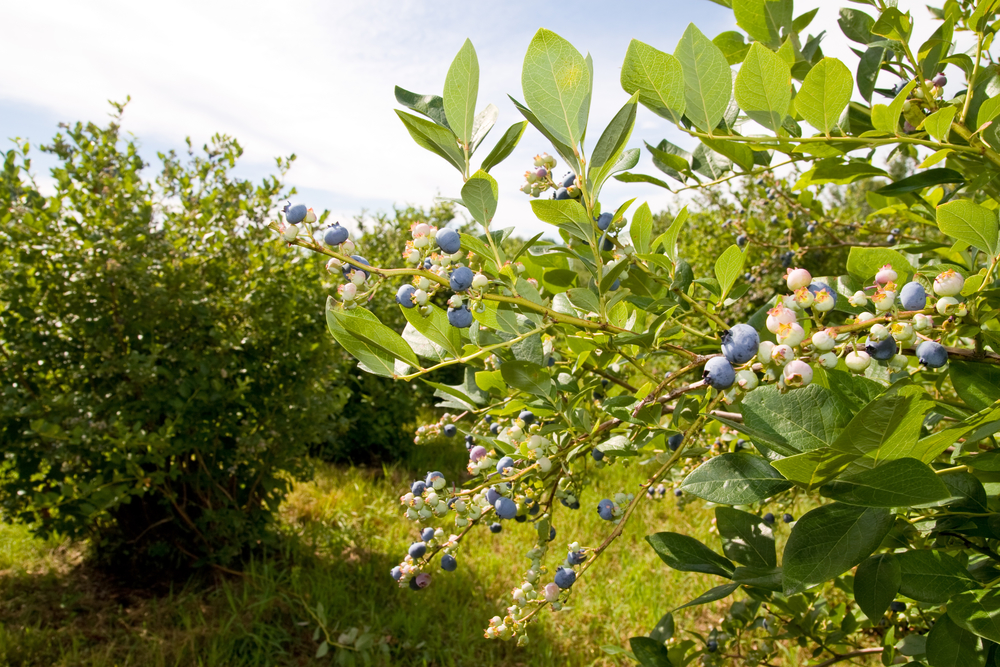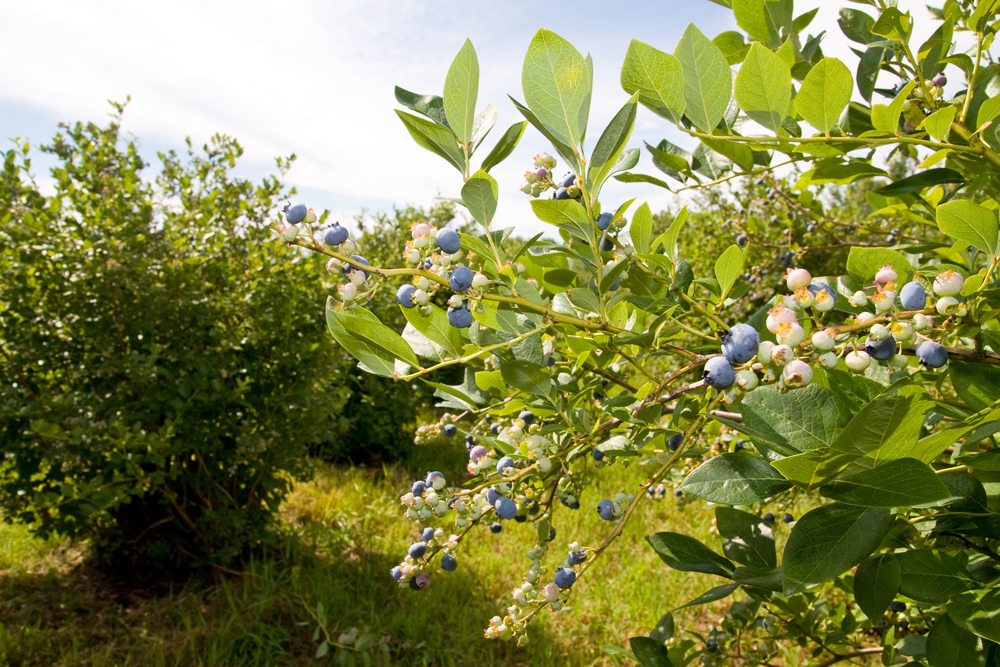Although blueberry growers spend much of their time and money keeping insects away, there are certain insects that are critical for their crop’s survival. Those insects are pollinators, bees in particular. If there are low populations of pollinators in the field, growers will eventually start to notice the repercussions.
Rachel Mallinger, assistant professor in the University of Florida Entomology and Nematology Department, wants growers to be aware of some of the factors that may be contributing to low pollination activity in their fields. She also shares some ways to increase bee populations.
WHAT CAUSES DECREASED ACTIVITY?
According to Mallinger, several
factors can contribute to decreased pollination. Obviously, low bee populations
is a leading factor. However, weather can also play a role. “If the weather is
cloudy, cool or rainy during bloom, the pollinators are less likely to forage,”
she explains.
Field layout and arrangement of cultivars can have an impact on pollination activity as well. Mallinger says some growers will see low activity if they have a single cultivar planted in a large block because cross-pollination is prevented.
Lastly, Mallinger says some pollinators are more effective then other pollinators in blueberry fields. “Some pollinators, like honeybees, have behaviors that make them a little less effective than bumblebees,” she explains. So, ensuring that you have the right type of pollinator is almost as important as having enough pollinators.
PRACTICAL RECOMMENDATIONS
The best way to achieve increased
pollinator activity is to get more bees to the field. Growers have a couple
options. Mallinger says they can try to attract wild bees or they can purchase
managed bees.
When it comes to purchasing bees, Mallinger emphasizes the importance of buying the correct number of bees and the right kinds of bees. She recommends four hives of managed honeybees per acre, or a minimum of one quad of managed bumblebees per acre. If a grower purchases bumblebees, Mallinger also recommends supplementing them with some honeybees.
If growers are planting at high densities, they will need to increase the number of bees they purchase, she advises.
Mallinger reports there has been concern about the quality of managed bumblebees. However, she says, in general, bumblebees tend to be more effective pollinators than honeybees.
Growers can also take some steps to attract wild bees to their blueberry farms. Mallinger says having a diversity of flowers in or around the farm can attract the bees, if the flowers bloom through the summer and the fall. “That might increase bumblebee populations in particular,” she says.
The floral arrangement can be achieved through wild flowers or crop plants.
Although floral arrangements can work to attract bees, Mallinger believes that purchasing bees is the best option for Florida blueberry growers. “I would say that focusing on having the right number of managed pollinators might be more important (than attracting wild pollinators), because blueberries bloom so early that wild pollinators may not have emerged yet. So you can do a lot on your farm to increase those populations of wild bees, but they may not be foraging when the blueberries are blooming,” she explains.
Mallinger adds that attracting wild bees may be more important for other crops. But with blueberries, it is an issue of timing.
Moreover, planting multiple cultivars that bloom at the same time next to each other can increase pollination activity. “Don’t plant very large blocks of single cultivars,” she warns.
Lastly, Mallinger reminds growers to consider how the chemicals they are using can impact bees and other pollinators.
This article was featured in the April issue of VSCNews magazine. To receive future issues of VSCNews magazine, click here.
Share this Post











